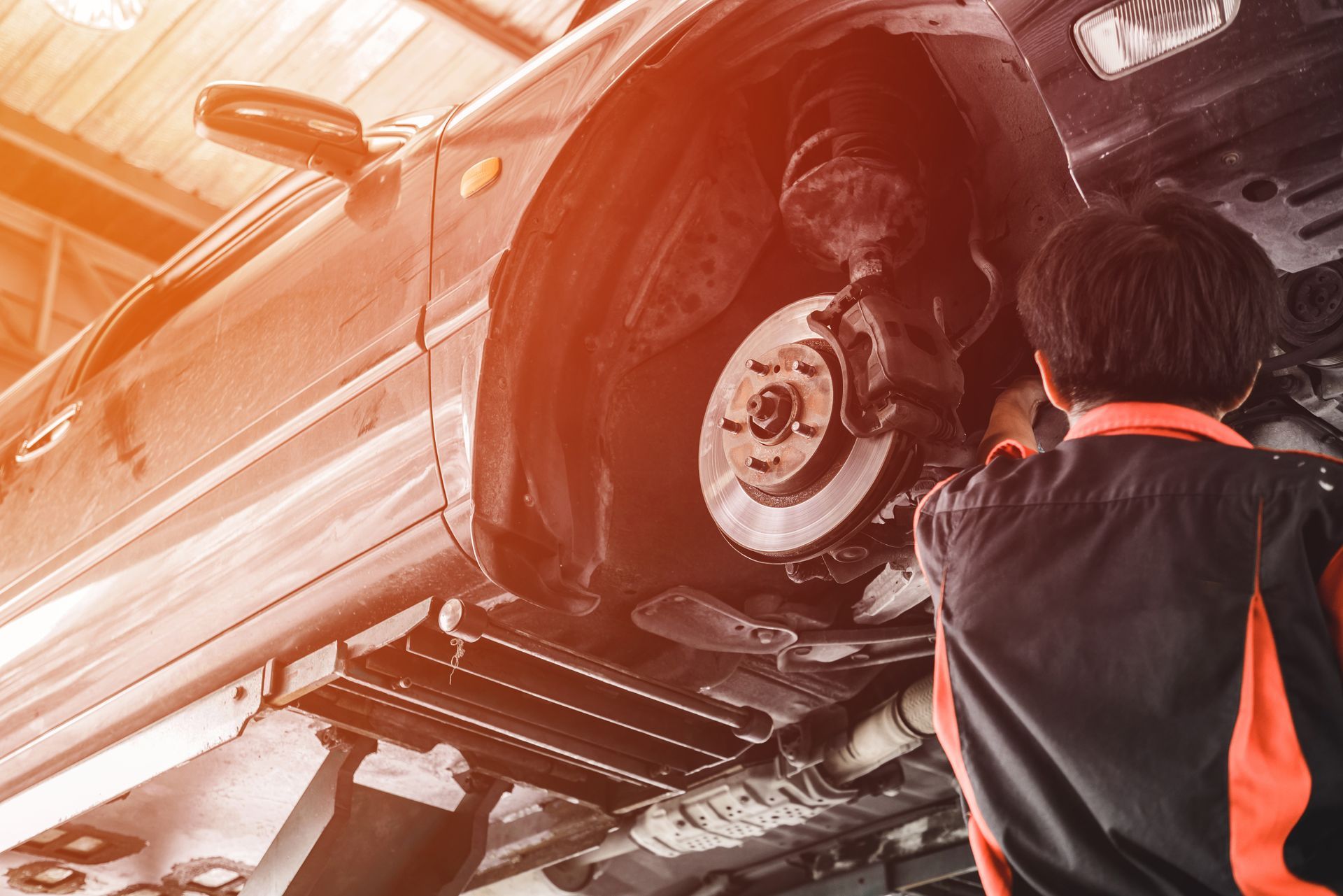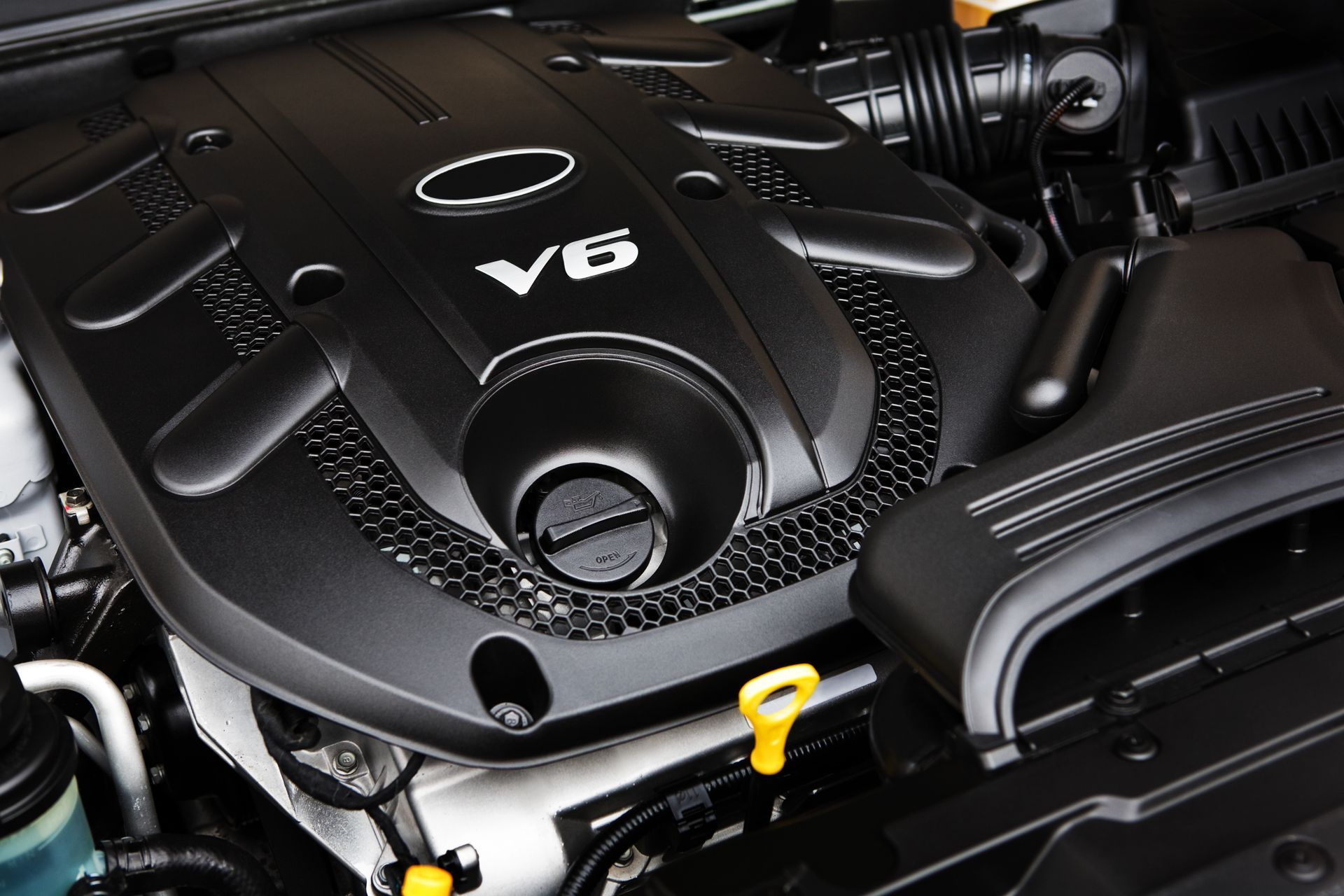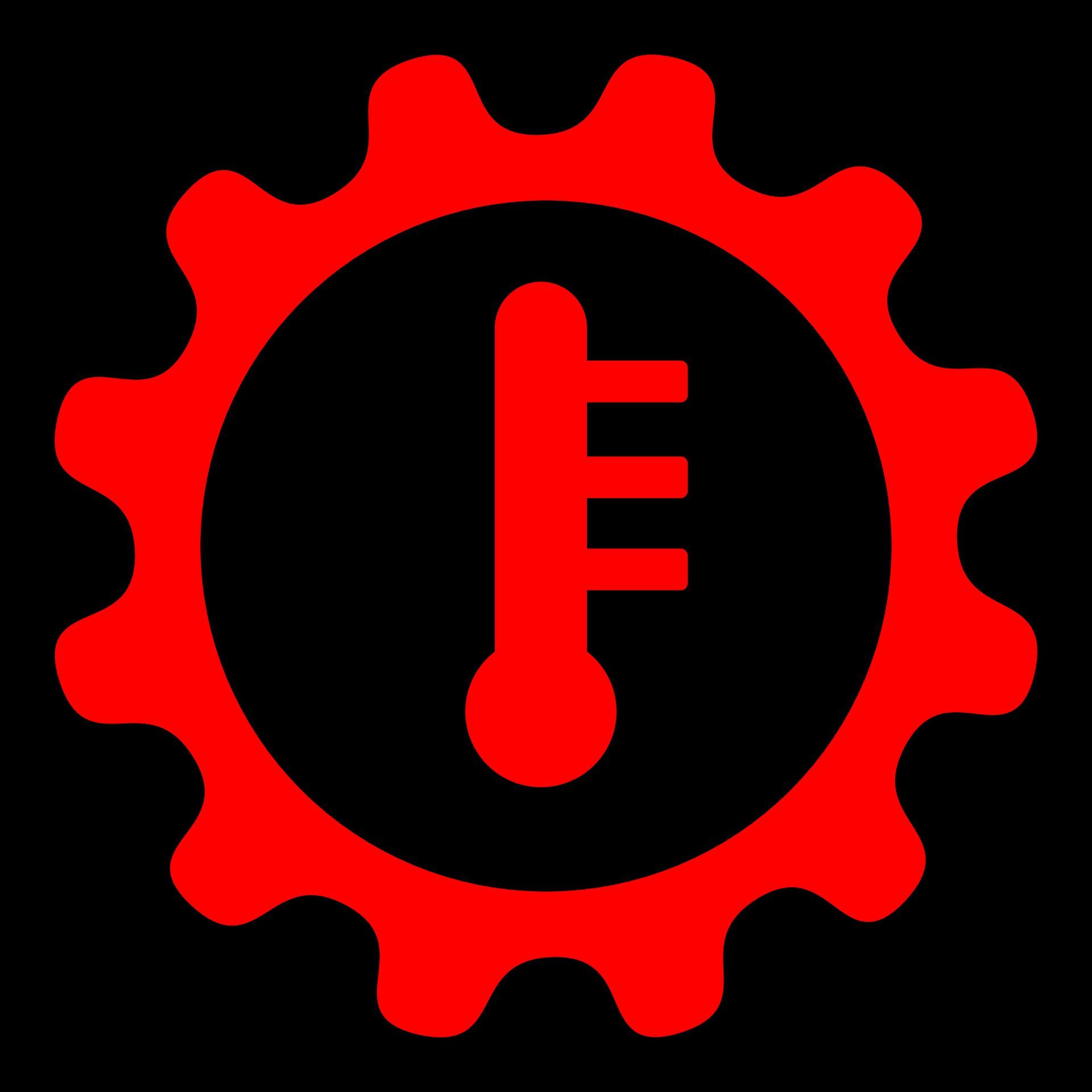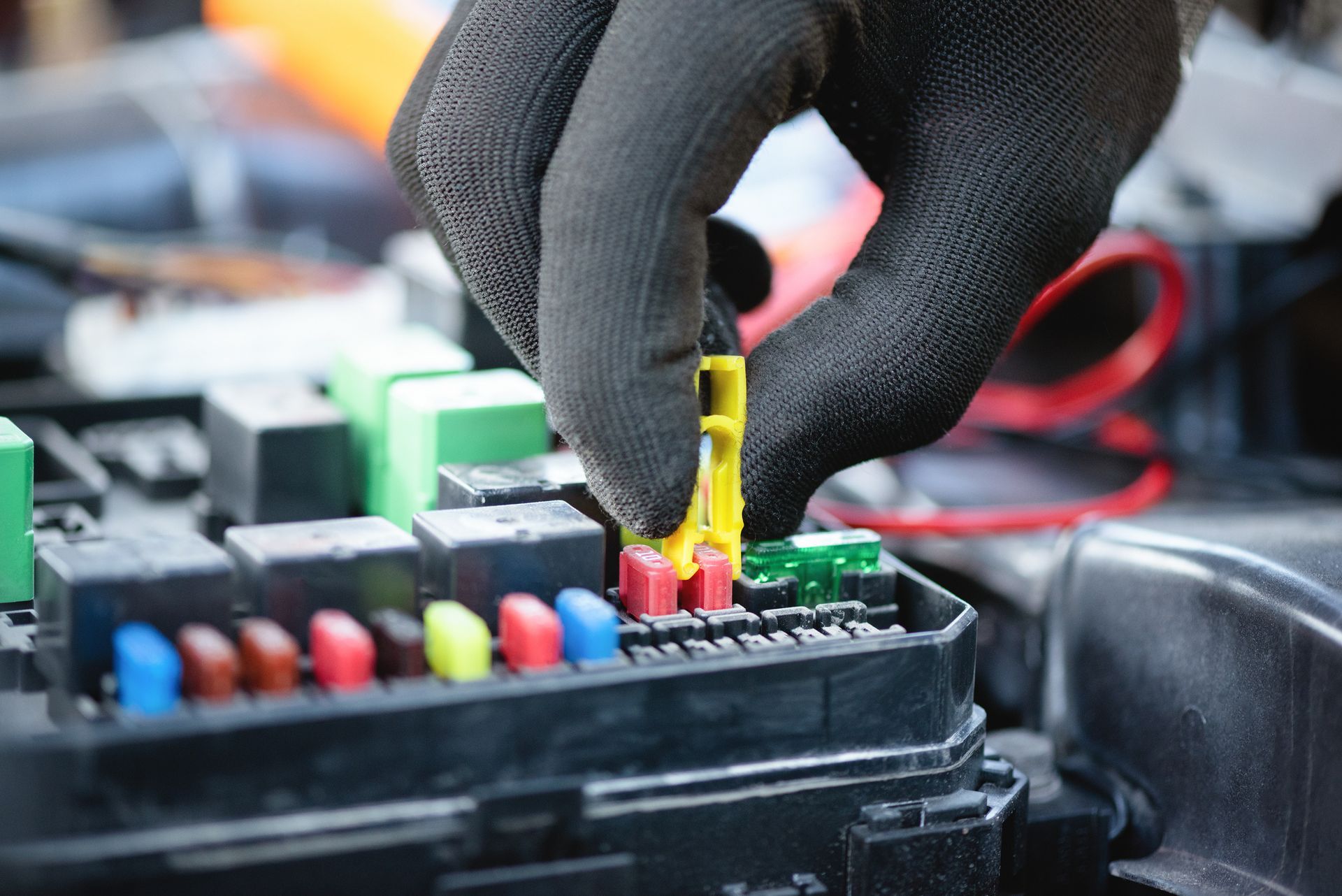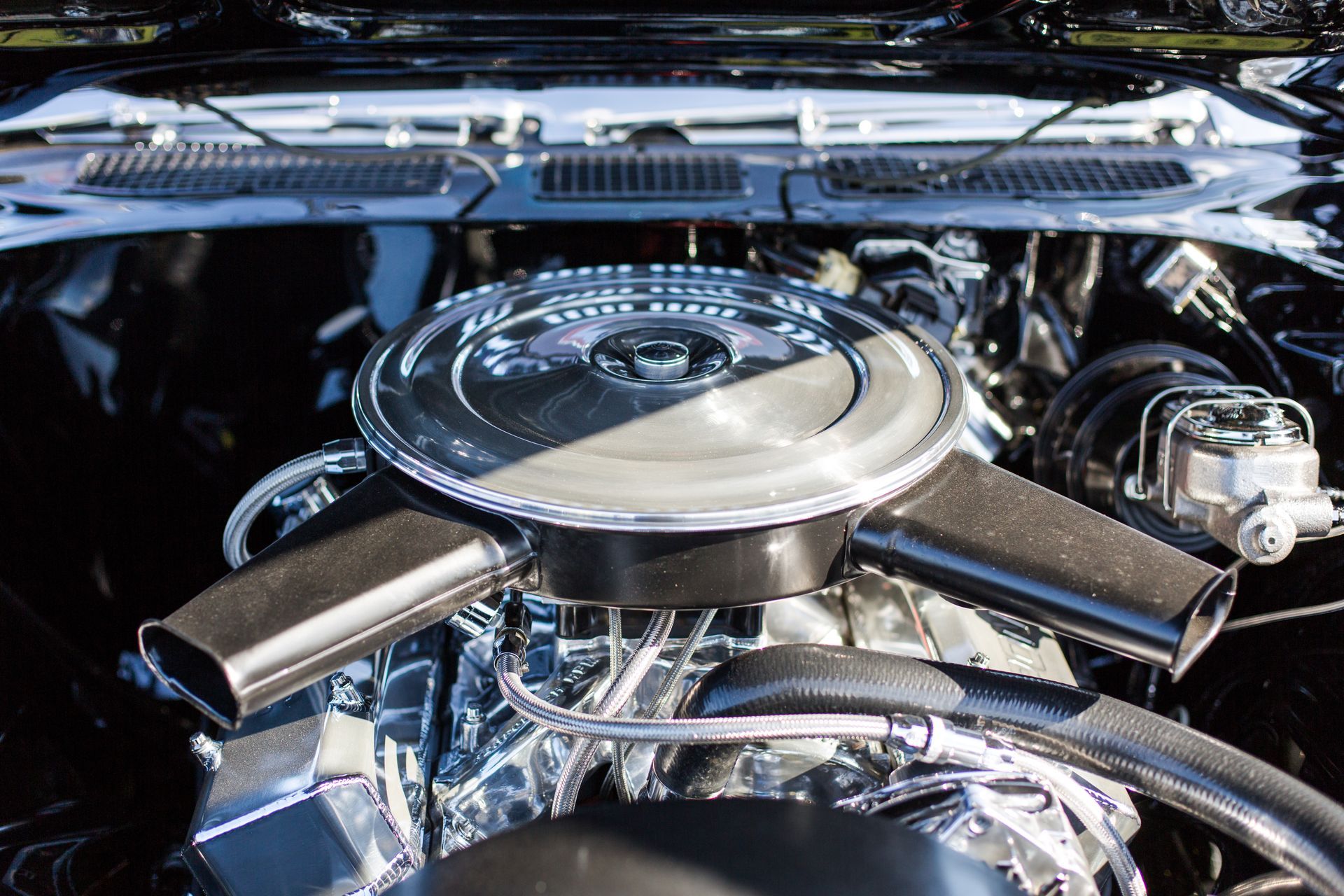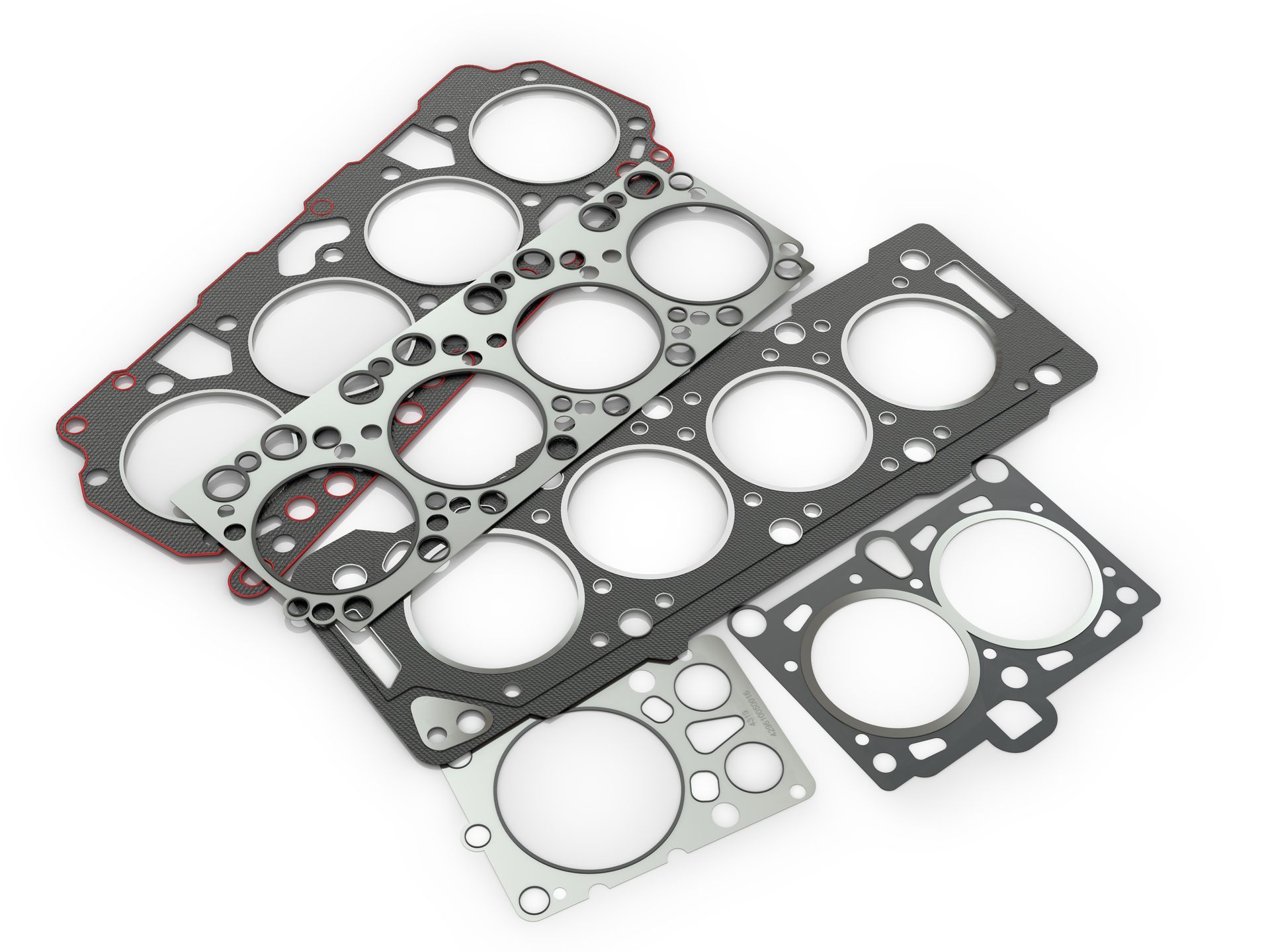Your windshield wipers are supposed to help you see better—not make the view worse. But if you’re left squinting through streaks every time it rains, it’s clear something isn’t working as it should. Smearing, streaking, and skipping wipers are frustrating but compromise your visibility and safety. So what causes this problem, and how can you fix it?
Let’s look at the most common reasons your wipers are leaving more mess than clarity.
Worn or Aged Wiper Blades
The most common—and most overlooked—reason for smeared windshields is simply worn-out blades. Over time, the rubber on the blade hardens, cracks, or warps. When that happens, it can no longer make full contact with the glass, leaving behind streaks, lines, or even entire patches of water.
Most wiper blades should be replaced every 6 to 12 months, depending on your climate and how often you use them. In areas like Columbia Heights, MN, with long winters and spring rain, blades can wear out faster when dealing with ice, salt, and debris.
If your blades squeak, chatter, or skip across the glass, they're overdue for a swap.
Dirty or Contaminated Wiper Blades
Even relatively new wipers can smear if the blades are dirty. Dirt, oil, tree sap, or road grime can build up on the rubber edge, creating a thin film that gets dragged across your windshield instead of clearing it.
A simple cleaning with warm water and mild soap can make a big difference. Just lift the blade, wipe down the rubber strip with a damp cloth, and rinse thoroughly. If you see black residue on the rag, that buildup was likely contributing to the problem.
Wax or Rain Repellent Residue on the Glass
If you recently had your car detailed or applied a windshield treatment, that slick coating may be affecting your wipers. Some waxes and rain repellents leave behind a residue that causes blades to skip or smear, especially if the product wasn’t applied evenly or has begun to wear unevenly.
This doesn’t mean the product is bad—but it does mean your wipers may not behave the way they usually do. In some cases, you might need to clean the windshield with an alcohol-based glass cleaner or clay bar to remove buildup and restore a streak-free surface.
Damaged Windshield Surface
Believe it or not, the problem might not be the blades at all. Small chips, pits, or scratches on your windshield can catch water or interrupt the wiper’s contact, leaving behind visible smears. In colder regions where road salt and sand are common, this kind of damage adds up quickly.
If your wipers seem to work better in some areas of the windshield but not others, it could be time to have the glass inspected. Sometimes, professional polishing can restore clarity without needing a full replacement.
Wiper Arm Pressure Issues
The wiper blades themselves aren’t the only part at work—the metal arms that press them against the windshield also matter. If the spring in the arm weakens or the arm becomes bent, the blade may not apply even pressure, resulting in streaks or missed areas.
This is more common with older vehicles or after someone forces the wiper arms while cleaning the glass or removing snow. We can test the pressure and alignment and recommend a fix.
Using the Wrong Type of Blades
Not all wiper blades are created equal. Some are better suited to specific weather conditions or windshield curvatures. If your car comes with beam-style blades and you replace them with a cheaper traditional blade, it might not conform to the glass as well—especially on curved windshields.
Using the wrong size or style of blade can cause uneven pressure and, you guessed it, smearing. Stick to what’s recommended in your owner’s manual, or ask a pro for guidance.
Wagamon Brothers – Wiper Blade Replacement in Columbia Heights, MN
If you’re tired of driving through streaks, stop by
Wagamon Brothers in Columbia Heights, MN. We’ll inspect your wipers, check the windshield for damage, and get your visibility back to crystal clear—no more guessing in the rain.




